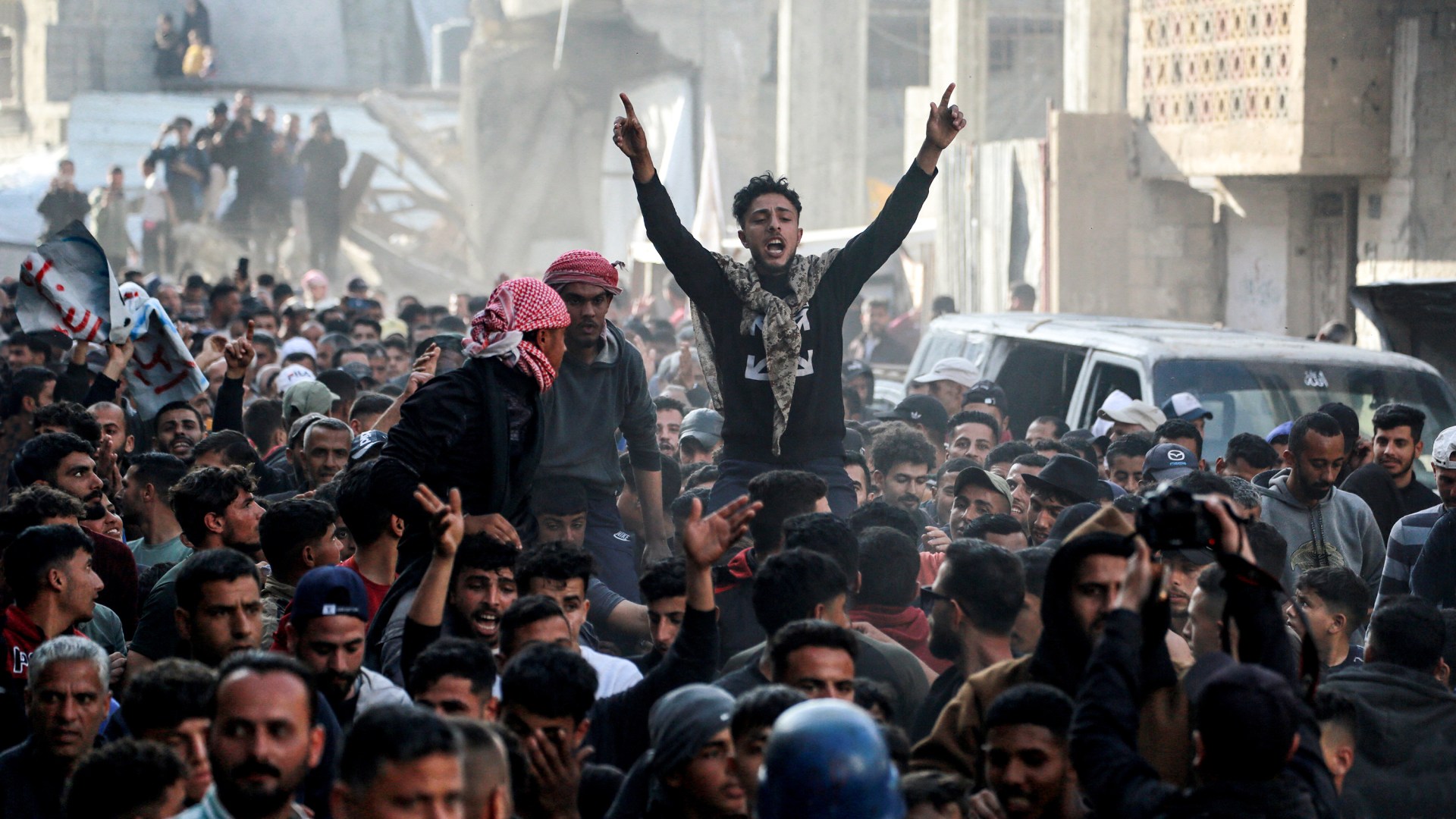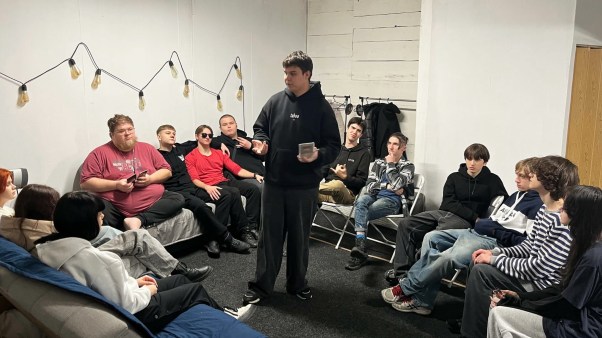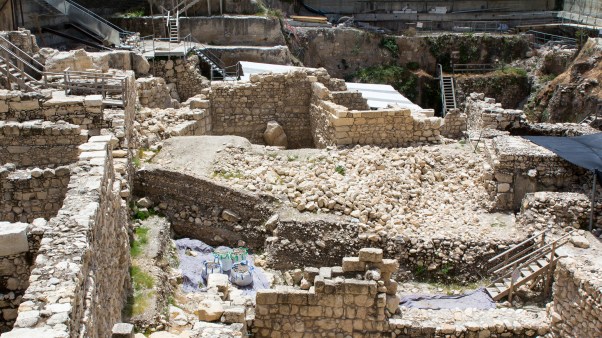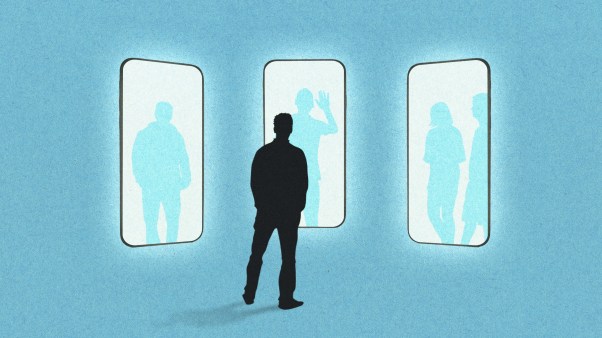In a rare show of defiance, thousands of Gazans took to the streets of the northern city of Beit Lahia and other cities in the past few weeks, demanding Hamas step down and end the war.
Videos from the protests, which started two weeks ago, show protesters chanting, “Out, out, out! Hamas get out!” and carrying banners with the words “Hamas does not represent us.” Demonstrations lasted three days before scattered protests resumed last week.
Protesters vented their anger at Hamas, which has ruled Gaza for 18 years, after Israel stopped aid from entering Gaza and resumed bombing the enclave on March 18, ending a two-month cease-fire. Israel claimed that Hamas’s refusal to accept terms for a prolonged truce led Israel to continue its attacks. Since the war began, Israel’s airstrikes have flattened entire cities and killed tens of thousands of Palestinians, both combatants and civilians, in Gaza.
Hamas continues to control Gaza despite the deaths of thousands of its soldiers and several key leaders during Israel’s campaign. It has also refused to release the 24 remaining hostages presumed to be alive.
“Hamas is scared of these protests,” said Ihab Hassan, a Palestinian Christian and human rights activist based in Washington, DC. Hassan, who grew up in the West Bank, said he has been in contact with at least ten protesters during the past few weeks. One Palestinian told him he is willing to pay the price for protesting because he wants to take a stand against Hamas and the war.
Members of the small Christian community left in Gaza, however, are not participating in the protests, he noted. Many continue to seek refuge from Israeli bombardments in the north and avoid political movements since they are a minority in the enclave.
Protesting in Gaza is a risky act, as Hamas has previously cracked down on criticism and protests. In 2017 and 2019, Hamas officials arrested and tortured hundreds of Palestinians demonstrating against the enclave’s poor living conditions, and Hamas suppressed media coverage of the protests. The most recent protest took place just two months prior to Hamas’s 2023 onslaught.
This time, Hamas operatives kidnapped and tortured a 22-year-old protestor, Odai Al-Rubai, who died shortly after arriving at the hospital. Hamas operatives threatened to do the same to other Palestinians who criticized Hamas, according to The New York Times.
Since the war began, the 1,000 to 1,200 Christians in Gaza have dwindled to between 600 and 700, according to Khalil Sayegh, a Palestinian Christian and political analyst who lived in Gaza until 2009. He is in touch daily with his older sister and cousins in Gaza.
He said Christians in Gaza are struggling as they face food shortages due to six weeks of Israeli blockades. “Things are headed toward a famine,” he said, noting that Muslim neighbors are also coming to the churches with needs.
Most of the Christians who have left for Egypt since the beginning of the war do not want to return. Meanwhile, the Christians who stayed in Gaza returned to their homes in the north during the two-month cease-fire that began in January, Sayegh noted.
Now that the cease-fire has ended and Israel has issued new evacuation orders, the Christians have nowhere to go. Last week, Israeli airstrikes destroyed the home of a Christian family, Sayegh said. They survived by sheltering in a church.
But sheltering in one of Gaza City’s three churches doesn’t guarantee safety. In October 2023, at least 17 Christians died after an Israeli airstrike on the Saint Porphyrius Greek Orthodox Church compound, considered the third oldest church in the world. Israel claimed it was aiming for a neighboring Hamas command center.
Sayegh said at least 30 Christians have died since the war began. His father became one of the war’s victims when he had a heart attack in December 2023 while taking refuge in the Holy Family Catholic Church, also in Gaza City. Israeli tanks surrounded the church complex, preventing his father from getting medical attention, he said.
A mother and a daughter bled to death after getting caught in sniper fire at the same church compound in 2023. Israel denied it intentionally targeted the women or the church but acknowledged exchanging fire with Hamas operatives in the area.
Christians also face challenges from Hamas’s Islamization of Gaza, Sayegh said. Both Sayegh and Hassan have battled rumors they believe could have put the Christian community in danger. For instance, Hassan noted that, last fall, an activist falsely claimed on social media that Christians in Gaza collaborated with Israel to drop gospel fliers from planes into Gaza, leading to angry comments against Christians.
When Sayegh explained the leaflets came from a Baptist hospital in Gaza and had no connection to Israel, the activist deleted the post, but the rumor had already spread through multiple Hamas-affiliated websites.
“We were concerned it could lead to an attack on the church,” Hassan said.
Sayegh said many Palestinians in Gaza are ready for Hamas to be gone, and the uprisings are “unprecedented signs” that Palestinians are fed up. A 2024 Zogby Research Services poll found that while 85 percent of its respondents in Gaza found Israel responsible for the current conflict, 87 percent believed Hamas was to blame.
Hassan said the protesters have a clear message for Hamas: “What you are doing is endangering our lives for nothing.”













